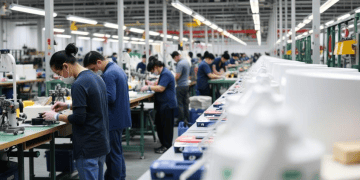HÀ NỘI — Việt Nam’s manufacturing sector experienced a return to growth in March, with both output and new orders showing improvements.
According to the S&P Global Vietnam Manufacturing Purchasing Managers’ Index (PMI) report released on April 1, the PMI rose to 50.5 in March, up from 49.2 in February. This marked the first time in four months that the PMI had moved above the 50.0 no-change mark, signaling an improvement in business conditions for the sector at the end of the first quarter of 2025.
Manufacturing production increased in March for the first time in three months, registering its largest rise since August of the previous year. This increase in output was partly attributed to better availability of goods, as well as a slight uptick in new orders, which ended a two-month period of decline.
The growth in new orders was driven by signs of improving customer demand, although it remained modest due to continued weakness in international demand. New export orders, however, decreased significantly, marking the fastest drop since July 2023. This was the fifth consecutive month of decline in new export business, with some manufacturers reporting a reduction in orders from mainland China.
While output and new orders showed growth, business sentiment for the year ahead was slightly more cautious than in February. Although optimism remained positive due to higher new orders and expectations of stable demand, it was below the series average. Manufacturers were cautious about increasing employment and purchasing in March.
Purchasing activity declined for the first time in four months, as businesses noted that recent input purchases were sufficient to meet production needs. As a result, stocks of purchases decreased, though to a lesser extent than in August of the previous year. Stocks of finished goods also decreased as companies were hesitant to hold excess inventory.
Supply chain issues continued, as firms faced delays in receiving goods from suppliers abroad, leading to longer delivery times. However, the deterioration in supplier performance was less severe compared to February and was the weakest in seven months. There were reports of improved stock availability and faster transportation from suppliers.
Input prices rose again in March due to higher costs for some imported goods, but the overall increase was modest and the slowest in the current 20-month inflation period. At the same time, manufacturers reduced their selling prices for the third consecutive month in an effort to remain competitive, although the decrease was slight.
In summary, while the manufacturing sector showed signs of recovery in March, challenges remained, especially regarding international demand and cautious business sentiment moving forward.
The latest in supply chain logistics news is now on The Supply Chain Report. Visit ADAMftd.com for free tools related to international trade.
#VietnamManufacturing #PMIReport #ManufacturingGrowth #NewOrders #SupplyChainChallenges #EconomicRecovery #ManufacturingSector #ExportDecline #BusinessSentiment #VietnamEconomy

















